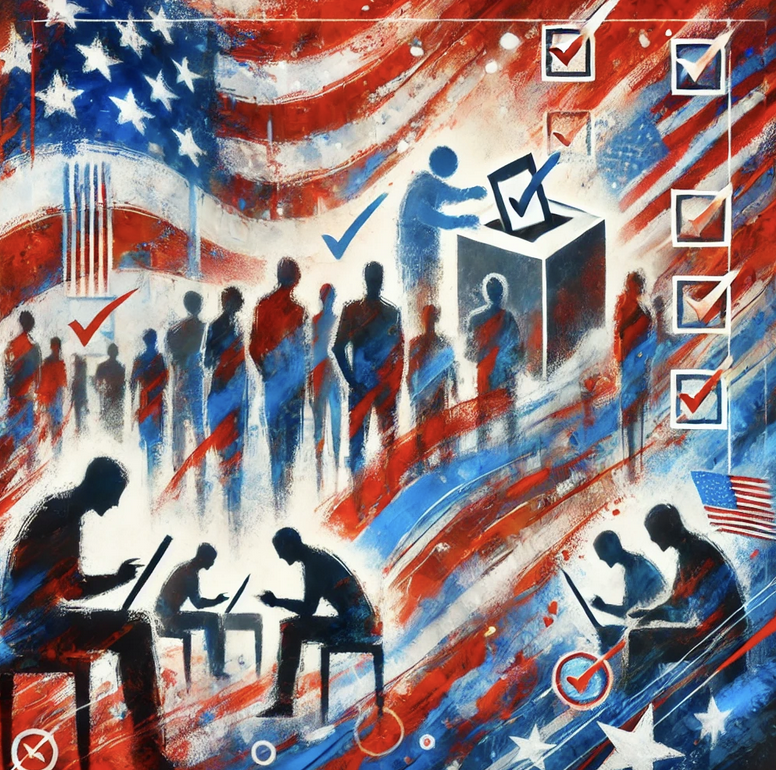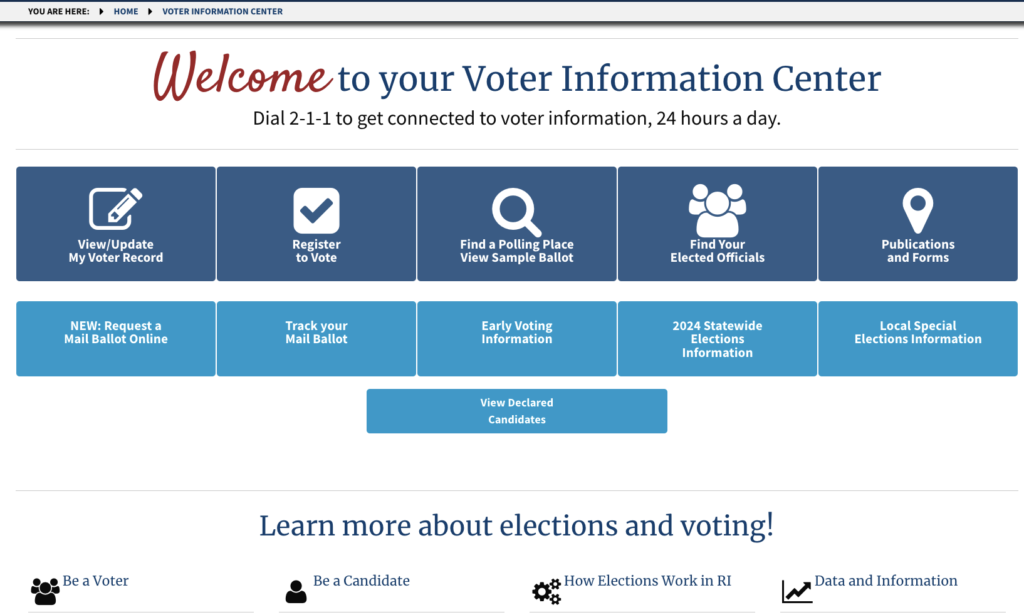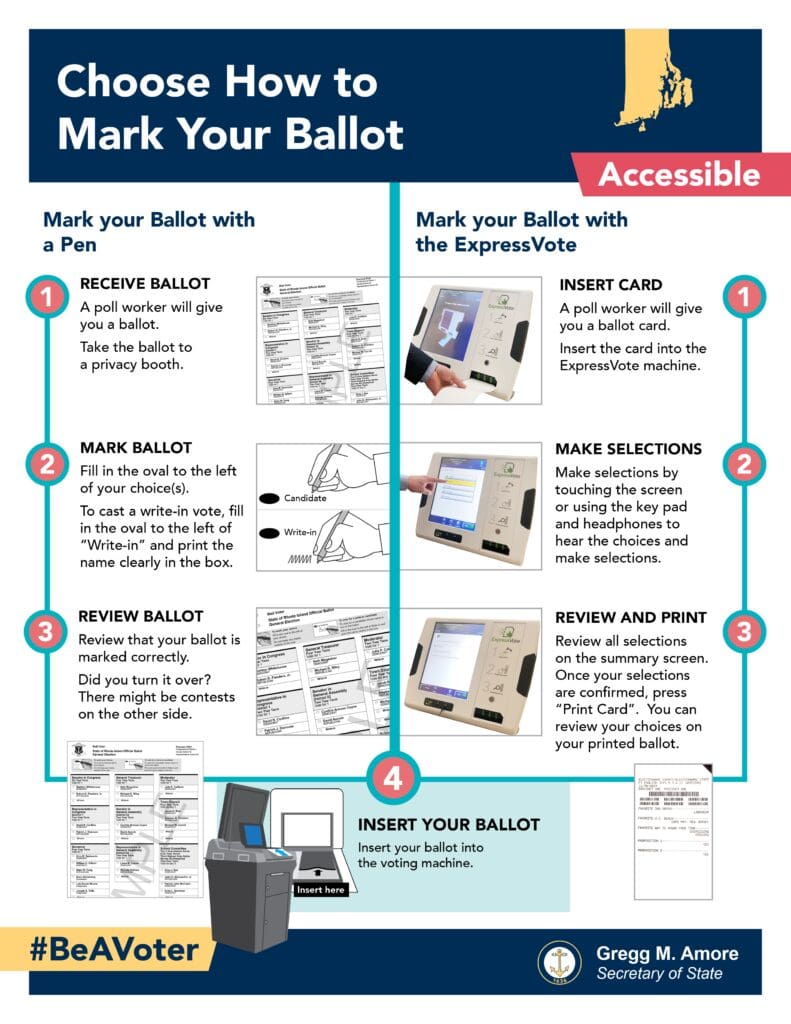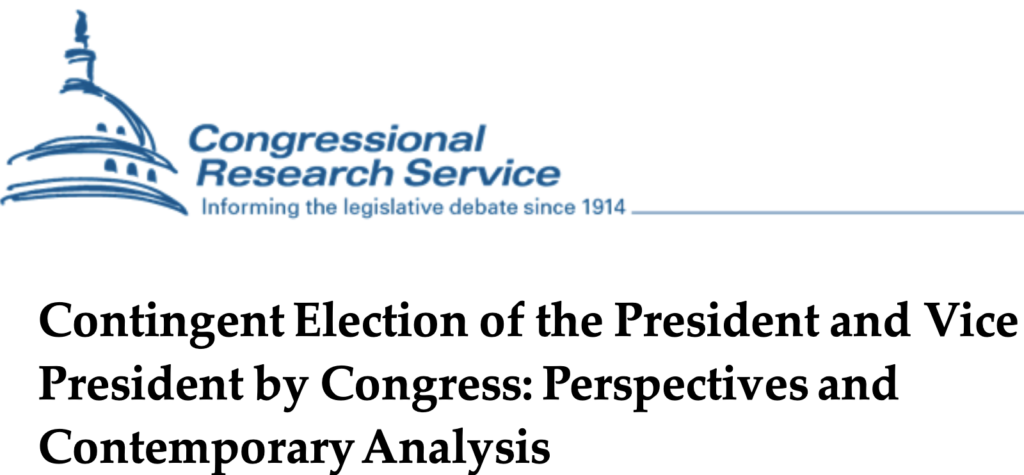Search Posts
Recent Posts
- Vinny Paz to be inducted TODAY into the International Boxing Hall of Fame – CES Boxing June 7, 2025
- In the News… quick recap of the week’s news (6.7.25) June 7, 2025
- Burn with Kearns: Strong without the spend: How scraps became strength tools – Kevin Kearns June 7, 2025
- Rhode Island Weather for June 7, 2025 – Jack Donnelly June 7, 2025
- How to advocate for threatened properties: The Heritage Alliance of Pawtucket June 7, 2025
Categories
Subscribe!
Thanks for subscribing! Please check your email for further instructions.

VOTE! Details on voting day, your questions and resources, getting results
65% of us have “early voted” – 32% of us will vote on Voting Day!
Early voting continues through 4 p.m. on Monday, Nov. 4. – Polls open at 7 a.m. Tuesday, except on Block Island where they open at 9 a.m. Polls close at 8 p.m. (in line at 8pm, you will be allowed to vote)
Some information that may answer your questions for Election Day – Tuesday, November 5th. For questions and answers on voting, in general, and for Rhode Islanders, go first to the Elections site for Rhode Island here:

Get familiar with the Elections website in Rhode Island – here is the link to the primary results: https://www.ri.gov/election/results/2024/statewide_primary/ – that way you will be prepared to easily find results in total, by city or town, and even a deeper dive.
Basics:
Find your polling place: https://vote.sos.ri.gov/Home/PollingPlaces?ActiveFlag=2
Bring your ID: You will be asked to show a current and valid photo ID. If you do not bring an acceptable photo ID to the polls, you may cast a provisional ballot. This means that your vote may be counted by your local board of canvassers after they verify your eligibility. Acceptable voter IDs:
- RI driver’s license/permit
- US passport
- ID card issued by any federally recognized tribal government
- ID card issued by an educational institution in the United States
- US military identification card
- ID card issued by the US government or State of Rhode Island (RIPTA bus pass, etc.)
- Government issued medical card
- RI Voter ID card
Please note that RI Driving Privilege Cards or Permits are not acceptable forms of Voter IDs.
Check In: Check in with poll workers by giving your name, address, and photo ID. They will locate your name in the electronic poll book and ask you to sign on the electronic poll pad.
Children at the polls: Children under 18 may go with you into the polls, but they must be under your supervision the entire time.
Running late: If you are in line by 8pm on voting day, you WILL be allowed to cast your ballot.
LANGUAGE: If you vote in Central Falls, Pawtucket, Providence or Woonsocket, federal law requires all voting materials to be available in English and Spanish. If you do not read or write English and a ballot is not available in your language, you may bring a person of your choosing into the voting booth to assist you after completing an affidavit. The person assisting cannot be your employer, agent of your employer or officer or agent of your union. Make your needs known to a poll worker.
OTHER ABILITY ISSUES
- All voting locations must be equipped with a sheet magnifier to assist voters who are visually impaired.
- Voters who are over 65 years of age or disabled must be allowed to use the seated voting booth.
- Voters who have a medical disability which would cause the voter to experience severe discomfort by standing in line will be allowed to move to the front of the line.
- Voters who need assistance may ask election officials for help at any time, even after entering the voting booth.
- Federal and state laws allow voters who are blind, disabled, or unable to read or write to bring a person of their choice into the voting booth to assist them after completing an affidavit.
Get your ballot: The poll workers will provide you with your ballot and a secrecy folder. will be directed to a voting booth when one is available.
Voting: Be sure to completely fill the oval next to your choice(s) using the black pen provided. Write-In Option when applicable: To vote for a candidate whose name is not on the ballot, you can fill in the oval to the left of “Write-in” and print the name clearly in the box.
OOPS!: It happens more than you think. You put the wrong mark on the ballot, or mixed up the columns. You should get the attention of a poll worker who is trained to assist you in obtaining a replacement ballot and answering any questions you may have.
Processing your ballot: Once you have completed marking your ballot, place it into the secrecy folder and proceed to the voting machine, where you will remove your ballot from the secrecy folder and insert your ballot into the voting machine, which operates much like an ATM. The machine will scan your ballot and indicate that your vote is counted. You will see what # voter you are at that particular location – a fun fact. If you made an error while voting, the machine will indicate that you made an error and ask if you would like to correct your error or continue casting your ballot. A poll worker can help you if that happens or in the rare case that a machine malfunctions or jams. Give the empty secrecy folder to a poll worker.
“I VOTED”: Don’t leave without your “I Voted” sticker – proudly wear it. If you voted by mail already, you should have received a sticker in the mail – wear it today! You’ve just completed in a fairly easy way what many people around the world cannot do. You are an American.

___
SOME KEY QUESTIONS
Haven’t mailed your Mail ballot?: Mail ballots must be received at the Board of Elections by 8pm on Election Day. You can drop them off there or at several other locations in RI. Check with your local city or town or stop in at a poll and ask an election worker.
Not registered but want to vote?: Rhode Island allows for same-day, in person, voter registration – but you will only be able to vote for president and vice president. Again, go to what would be your poll, and speak to an election worker.
Accessibility: Voter assistance must be available to allow everyone, regardless of physical ability to vote. In addition, voter materials must be available in Spanish as well as English.
Sample ballot: Go here to view a sample ballot: https://vote.sos.ri.gov/Home/PollingPlaces?ActiveFlag=2.
Referendums: You can also learn more through the Voter Referendum Guide, here: https://vote.sos.ri.gov/Forms/Elections/Guides/24RefGuideEng.pdf
___
RI BOE ELECTION DAY TABULATION PROCESS & TIMELINE
To better help Rhode Islanders understand the vote tallying and public results reporting process, the Rhode Island Board of Elections has released the following timeline. Keep in mind that contest results outside of Rhode Island or even within the state, could throw the timeline off, but not expected:
November 5th
Polling Place
These are ballots cast in-person at polling places on November 5th, encrypted, and securely transmitted from the polling place to the Board of Elections when polls close. These results will be available on the Board of Elections’ website (elections.ri.gov) on November 5th beginning at 8:00 p.m.
Early Voting
These results will be transmitted by local Boards of Canvassers on November 5th and will be available on the Board of Elections’ website beginning at 8:00 p.m.
Mail Ballots
While the Board expects to count most mail ballots by November 5th, ballots placed in authorized drop boxes at City/Town Halls or in polling places must still be tabulated. These ballots are sealed in envelopes and held in secure and sealed containers by the local Board of Canvassers and delivered to the Board of Elections on November 6th. Partial mail ballot results will be available on the Board of Elections’ website after 8:00 p.m. but will not include these drop box ballots.
November 6th – 7th
Remaining drop box ballots and any still uncounted mail ballots will be added to the Mail Ballots totals and made available on our website. Any precincts which failed to transmit their results on November 5th due to any technical issues will be added to the primary election results and made available on the Board of Elections’ website.
November 7th – 8th
Provisional ballots results will be added to Polling Place Results and will be made available on the Board of Elections’ website.
November 8th – 12th
Military/overseas ballots and deficient mail ballots cured by voters and due to the Board of Elections by November 8th – 12th will be added to Mail Ballots Results and will be made available on the Board of Elections’ website prior to final primary election results certification.
November 21st
The Rhode Island Board of Elections anticipates certifying final election results.
___
DOJ WILL MONITOR VOTING COMPLIANCE IN PAWTUCKET, PROVIDENCE AND WOONSOCKET
United States Attorney Zachary A. Cunha announced that the Justice Department will monitor compliance with federal voting rights laws in Pawtucket, Providence, and Woonsocket for the Nov. 5 general election.
The Justice Department enforces federal voting rights laws that protect the rights of all eligible citizens to access the ballot. The department regularly deploys its staff to monitor for compliance with federal civil rights laws in elections in communities across the country. Monitors will include Justice Department personnel, who will contact state and local election officials as needed throughout Election Day.
The Civil Rights Division’s Voting Section enforces the civil provisions of federal statutes that protect the right to vote, including the Voting Rights Act, National Voter Registration Act, Help America Vote Act, Uniformed and Overseas Citizens Absentee Voting Act and Civil Rights Acts. The division’s Disability Rights Section enforces the Americans with Disabilities Act (ADA) to ensure that persons with disabilities have a full and equal opportunity to vote. The division’s Criminal Section enforces federal criminal statutes that prohibit voter intimidation and voter suppression based on race, color, national origin or religion.
On Election Day, Civil Rights Division personnel will be available all day to receive questions and complaints from the public related to possible violations of federal voting rights laws. Reports may be made through the department’s website www.civilrights.justice.gov or by calling toll-free at 800-253-3931. The U.S. Attorney’s Office will also be available to receive complaints on Election Day at (401) 709-5010.
Individuals with questions or complaints related to the ADA may call the department’s toll-free ADA information hotline at 800-514-0301 or 833-610-1264 (TTY) or submit a complaint through a link on the department’s ADA website at www.ada.gov.
Complaints related to any disruptions at a polling place should always be reported to local election officials (including officials based in the polling place). Complaints related to violence, threats of violence or intimidation at a polling place should be reported immediately to local police authorities by calling 911. These complaints should also be reported to the department after local authorities have been contacted.
___
WHO AND HOW NATIONAL ELECTION RESULTS ARE TABULATED AND RELEASED
The United States doesn’t have a nationwide body that collects and releases election results. Instead, journalists gather data from local and state agencies that report election results publicly. The Associated Press gathers this data and makes it available to the public and to other newsrooms, to count the votes and then declare winners. They’ve been doing this in presidential elections since 1848. Learn more about that role here.
Elections in the U.S. are highly decentralized and complex. While uncontested or landslide races may be called right after polls close, competitive races may take days, or even weeks to call. And while some states like Florida count most of the ballots on Election Day, other states, like California, can take weeks. Read more about the process of vote counting and how races are called here.
Fraud – Our voting process isn’t immune to problems, and it’s likely some things may go wrong on Election Day — whether it’s long lines at polling places, running out of ballots or temporarily downed voting machines. However, these problems will not be unique to this election — there have always been glitches in our election process. Despite some imperfections, the system reliably produces certified outcomes thanks to many safeguards in place.
___
AN ELECTORAL COLLEGE TIE AT 269 – IT HASN’T HAPPENED, BUT IT COULD. THEN WHAT?
This is predicted to be one of the tightest national races in US history. In the event of a tie, Congress would decide the next president. This would happen only after hotly contested court cases – probably in swing states – had taken place to no resolve. The short story would be that each state would cast one vote for President, regardless of size. Then Congress, the newly elected Congress, would vote when they came together in January. Members of Congress would not be bound to vote for their party’s candidate, but they would surely face immense pressure to do so. The VP would be chosen by a full vote of the Senate, with each senator casting his or her own vote for one of the two vice presidential candidates with the most electoral votes. The extremely complicated process is spelled out – HERE:

https://crsreports.congress.gov/product/pdf/R/R40504/7
___
